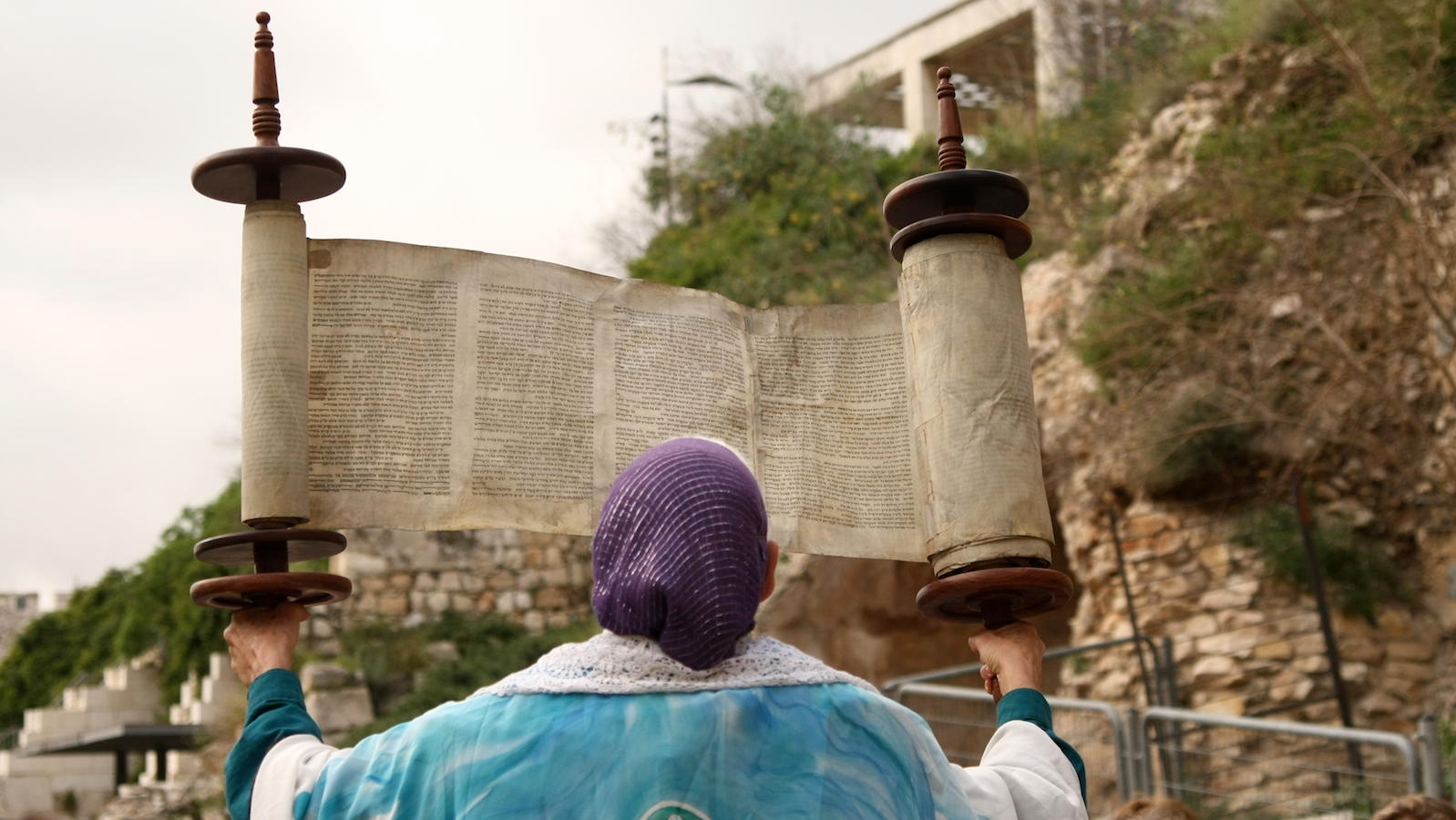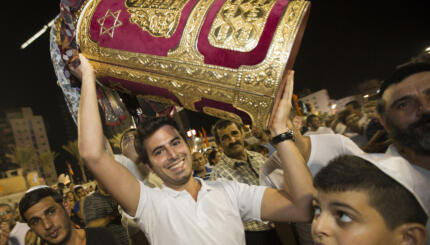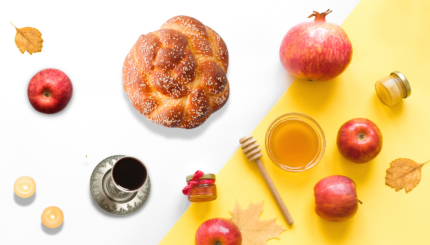The Shema (“Hear O Israel, the Lord is our God, the Lord is One”)
This passage from the Book of Deuteronomy and the three passages that follow constitute a central part of each morning and evening Jewish prayer service. Probably the most important single sentence in the liturgy, the Shema is not a prayer but rather an affirmation of the unity of God.
The Amidah (“Standing Prayer”)
The Amidah, a series of prayers recited while standing in silent meditation, is the major liturgical piece of every synagogue service throughout the year. On a weekday, the Amidah contains prayers for the physical and spiritual well-being of the one praying as well as of the entire community of the people of Israel. On Shabbat, we praise God for the joy of the Shabbat and the rest that we enjoy. It is perfectly acceptable and even desirable that people recite the Amidah in English, and worshippers are also encouraged to pray from their hearts if the printed words do not speak to them.
The Torah Service
Following the Shema and the Amidah is a transition from prayer to study. The primary study text is from the Pentateuch, or Five Books of Moses. This text has been written on the parchment of the Torah scrolls by a specially trained scribe.
The Torah is divided into — and read in — weekly portions, according to a prescribed calendar, so that the entire Torah is read in the span of one year. The cover and accoutrements of the Torah scrolls recall the priestly garb of ancient Temple times, i.e., breastplate, robe, crowns, and belt.
When the Torah scroll is removed from or returned to the ark, it is carried in a procession around the synagogue, accompanied by song, to show the love and reverence in which Jews hold its teachings. In more traditional synagogues, congregants kiss the Torah as it is carried around.
The Torah reader must learn the Torah portion so well that he or she can chant it accurately without relying on punctuation (which is absent from the Torah scroll). The melodies in the prescribed cantillation system facilitate the learning process by providing proper parsing. All guests and participants are encouraged to follow the reading in the English translation in the printed Torah books.
Usually the rabbi, and sometimes a bar/bat mitzvah child or another congregant, delivers a d’var Torah, a word of Torah that comments on the weekly Torah reading.
The Torah Blessings (Aliyot to the Torah)
On Shabbat, the weekly Torah portion is read in seven sections. Each division of the reading provides an opportunity to honor a member of the congregation or a guest by calling him or her (just him in traditionalist communities) up to the bimah (pulpit) to recite the blessings over the Torah reading. This is known as “receiving an aliyah,” that is, “being called up” to the Torah.
At the conclusion of the Torah reading, two people are called to lift up and wrap the Torah scroll. The lifting displays the open Torah scroll to the congregation, showing symbolically that the Torah is an open book and belongs to everyone.
The Haftarah
Once the Torah scroll has been removed from the reading table, another person — often a bar/bat mitzvah child — chants a portion from the prophetic writings of the Hebrew Bible. The haftarah (which means, “concluding teaching”) is usually chosen to reflect a theme or literary allusion in the Torah portion. The purpose of the haftarah is not only to provide an opportunity to teach from a different section of the Bible, but also to assert that prophecy serves to reinforce the laws of the Torah.
Mourner’s Kaddish
Although there is no mention of death in this prayer, the Kaddish is recited at the end of all worship services by family members who have lost a loved one in the past year or who are observing the anniversary of a death in years past. Despite sorrow and pain, the mourner rises to declare continuing commitment in praising God’s name, to which we all respond, “Amen.”
Kiddush (Sanctification of the Wine)
At the conclusion of the worship service, everyone is often invited to the social hall for kiddush, the blessing over the wine; a Shabbat song; and the hamotzi, the blessing over the bread. Then everyone is invited to enjoy a festive light luncheon (which is often referred to as “the kiddush.”)
Sign up for My Jewish Learning’s RECHARGE, a weekly email with a collection of Shabbat readings and more to enhance your day of rest experience.
mitzvah
Pronounced: MITZ-vuh or meetz-VAH, Origin: Hebrew, commandment, also used to mean good deed.
Shabbat
Pronounced: shuh-BAHT or shah-BAHT, Origin: Hebrew, the Sabbath, from sundown Friday to sundown Saturday.
Shema
Pronounced: shuh-MAH or SHMAH, Alternate Spellings: Sh’ma, Shma, Origin: Hebrew, the central prayer of Judaism, proclaiming God is one.
Torah
Pronunced: TORE-uh, Origin: Hebrew, the Five Books of Moses.



